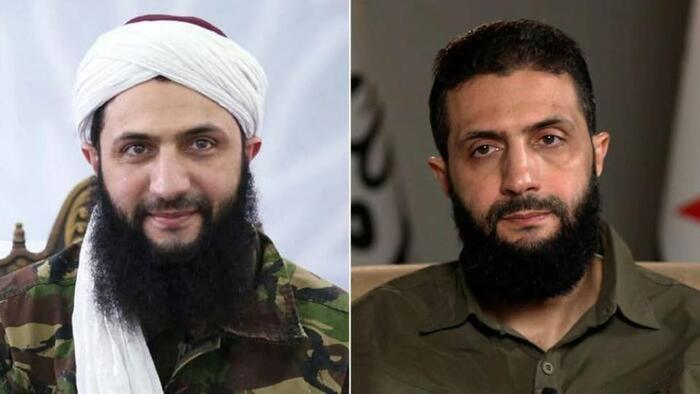The recent resurgence of Hayat Tahrir al-Sham (HTS), an offshoot of Al-Qaeda, has sparked a significant Western public relations effort aimed at rebranding its leader, Abu Mohammad al-Julani. This campaign was notably timed with HTS’s advance into Syria, prompting media outlets like the BBC and the Telegraph to depict Julani in a more favorable light, emphasizing a supposed transformation towards moderation. In a CNN interview, Julani purported that he no longer held designs against Syria’s religious minorities, a stark contrast to his group’s earlier actions, such as the 2013 massacre of Alawites in Latakia that included brutal killings. The discrepancies between his current assertions and HTS’s historical actions raise questions about the motivations behind these media portrayals and the real nature of Julani’s “reinvention.”
Analyzing Julani’s claim to have evolved, it becomes apparent that his supposed transformation aligns more with geopolitical utility than genuine repentance. Despite having a multi-million dollar bounty on his head and continuing to be listed as a terrorist by the US, former officials have noted that HTS has become a strategic asset for US operations in Syria. This dual approach involves not only maintaining economic sanctions against the Syrian regime, reminiscent of the severe measures taken in Iraq, but also using HTS as a counterbalance to Iranian influence in the region. Julani’s HTS has emerged as a critical player in the Syrian conflict, particularly in the northeast region of Idlib, which has garnered significant international attention.
The ascension of Julani to power in Idlib can ultimately be traced back to American support for the Syrian opposition, where his group flourished due to a complicated alliance that included CIA-supplied weaponry. HTS initially gained prominence during the 2015 Army of Conquest offensive, which showcased a coalition of jihadists and Western arms. This coalition, while praised in some circles, obscured the darker side of US involvement in Syria, as it inadvertently nurtured what would become a renowned Al-Qaeda stronghold. Critically, the US’s facilitation of armament and funding via European allies aided Julani’s rise, effectively undermining the perception of HTS as purely a terrorist organization.
Beyond military aid, regional players, notably Israel, played a significant role in supporting Julani and HTS. Reports surface detailing the provision of supplies and light weapons to rebel factions, including Nusra Front. Despite public disavowals, Israel’s tacit involvement revealed a consistent pattern of backing groups that align with their strategic interests. Moreover, the US’s clandestine operations permitted a flow of supplies to both HTS and its affiliates, reinforcing claims that Western powers have inadvertently—or purposely—supported entities deemed as terrorists in the broader context of countering Syrian governance and reducing Iranian presence.
The dynamics in these years echo earlier US strategic priorities in the region. An intelligence report from 2012 contemplated the idea of developing a “Salafist principality” to combat the Assad regime. The groundwork laid for this ambition, particularly through the movements of early jihadist leaders, including al-Julani, indicates a complex intertwining of American foreign policy aims with the rise of extremism. Julani’s narrative began back when he was embedded with groups that were themselves products of the fallout from the US invasion of Iraq, suggesting a long-standing alignment between Western strategies and the emergence of radical groups.
The broader implications of Julani’s rise and the operational theater in which he participates must be framed within the historical context of US actions in the region. The 2009 release of thousands of prisoners—many of whom became key figures within ISIS and other jihadist networks—illustrates the unintended consequences of American military strategies. Fast forward to recent developments, the threat of re-releasing ISIS fighters from Kurdish-controlled prisons emphasizes a cyclical nature of US interventionism that continually fosters instability. Julani serves not just as an individual figure but as a symptom of deeper geopolitical maneuvers that have perpetuated violence, underscoring the intricacies of foreign policy where extremist elements are ensnared within the broader narrative of power dynamics—underscoring that Julani’s transformations are merely façades masking enduring strategic interests.

